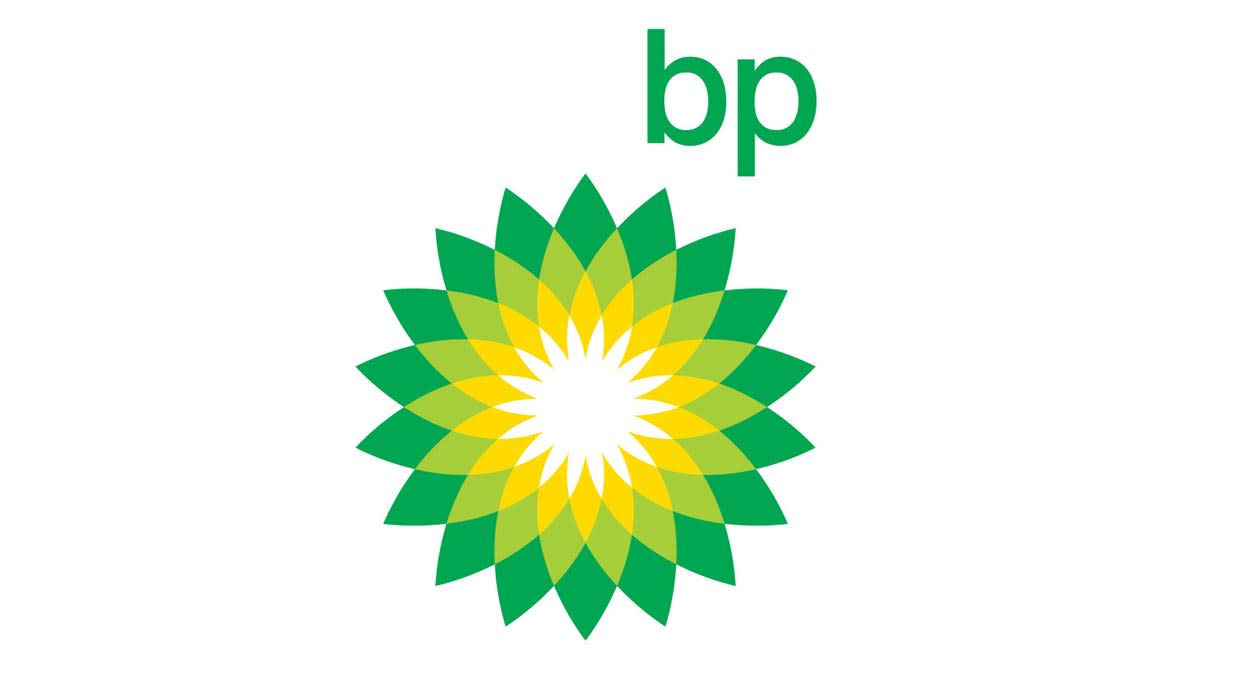BP’s second-quarter revenue fell 2.6% to $47.3bn year on year, while underlying operating profit was down 3.4% to $5.4bn. The softer performance reflects the normalisation of gas marketing and trading, which had an exceptional performance in the comparable period. The results were also impacted by lower refining margins.
There was however growth in the contribution from oil & operations which benefitted from higher volumes and prices, as well as an improved fuel margins.
Free cash flow more than doubled to $4.4bn, reflecting improved cash generation from operations and lower capital expenditure. Net debt fell from $23.7bn to $22.6bn.
In the third quarter, the group expects a decrease in oil production. Margins on fuel prices and refined products will remain highly sensitive to input costs.
BP declared a quarterly dividend of 8.0c, an increase of 10% and committed to launching a $3.5bn buyback in the second half.
The shares were up 2% after the announcement.
Our view
BP’s profits so far this year have been nothing to write home about, with low refining margins dragging on performance. No surprise its written down the value of a key refinery. The current weakness in oil & gas prices could be a further knock to some parts of the business. But BP has its fingers in every link of the supply chain. Lower prices could actually be a benefit for profits from the petrol pump. And rather counter-intuitively, geopolitical uncertainty could lead to further price volatility where BP’s trading business stands to benefit.
Markets have been relatively relaxed about the dip in the bottom line, suggesting some confidence in plans to invest in both traditional and emerging energy activities. Meanwhile, an extra $2bn in cost savings that BP hopes to deliver by the end of 2026, should help to ensure that more revenue flows through to the bottom line.
Net debt has resumed its downward path. That's just as well, because both BP's traditional oil & gas extraction business and its emerging focus on cleaner forms of energy are highly capital intensive. Capital expenditure topped $16bn last year and is likely to stay at a similar level till at least 2030.
Consensus forecasts suggest that BP's investment plans are well covered, leaving ample room to increase dividends modestly and continue buying back shares. Over 2024 and 2025 there are plans to repurchase at least $14bn of shares, which, if spread evenly, see current buyback levels remain stable. Of course, no shareholder returns are guaranteed.
Oil & gas assets remain the key drivers of cash flow for now and underlying production is set to increase by 2025. But there is growing pressure globally for more meaningful taxes on oil and gas profits which could dent cash flows. However, BP’s recent progress on its development portfolio in fossil fuels has a wide geographic spread. This means it’s not too exposed to the tax regime in any given region. It’s also cherry-picking higher returning assets, which, all other things being equal, should be a benefit to the bottom line.
The Group has also been making some meaningful headway in transition technologies such as biogas, electric vehicle charging and renewables. Whilst investment in low carbon energy is expected to grow, hydrocarbons remain the focus of the company's spending plans for the foreseeable future.
BP's valuation remains some way below the long-term average. In our opinion, this reflects investor concern over the long-term outlook for the oil & gas industry. However, it's also lagging its peers and that could present an opportunity if the new CEO can provide investors with assurance that BP can prosper over the long term. Although of course there are no guarantees.
Environmental, social and governance (ESG) risk
Environmental concerns are the primary driver of ESG risk for oil and gas producers, with carbon emissions and waste disposal being the main issues. Health and safety, community relations and ethical governance are also contributors to ESG risk.
According to data from Sustainalytics, BP's overall management of material ESG issues is strong. It appears to have strong oversight over its key ESG issue. Notably, the company aims to reach net zero emissions across its entire operations (scopes 1 and 2) and upstream operations (scope 3) on an absolute basis by 2050. But nearer-term reduction targets for scope 3 emissions have recently been lowered. Moreover, BP has committed to reducing the carbon intensity of its products to net zero by 2050. However, controversies relating to environmental breaches continue to have a moderate impact on BP's overall performance.
BP key facts
All ratios are sourced from Refinitiv, based on previous day’s closing values. Please remember yields are variable and not a reliable indicator of future income. Keep in mind key figures shouldn’t be looked at on their own – it’s important to understand the big picture.
This article is not advice or a recommendation to buy, sell or hold any investment.No view is given on the present or future value or price of any investment, and investors should form their own view on any proposed investment.This article has not been prepared in accordance with legal requirements designed to promote the independence of investment research and is considered a marketing communication.Non - independent research is not subject to FCA rules prohibiting dealing ahead of research, however HL has put controls in place(including dealing restrictions, physical and information barriers) to manage potential conflicts of interest presented by such dealing.Please see our full non - independent research disclosure for more information.


